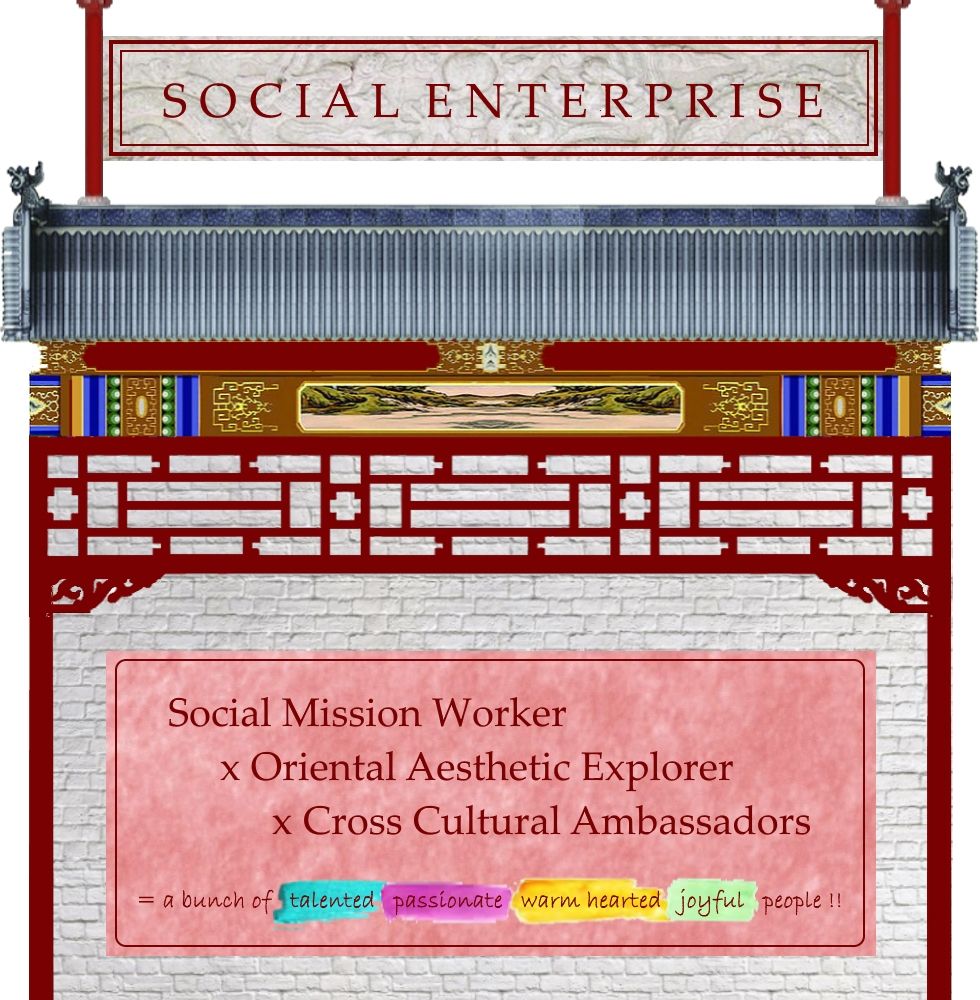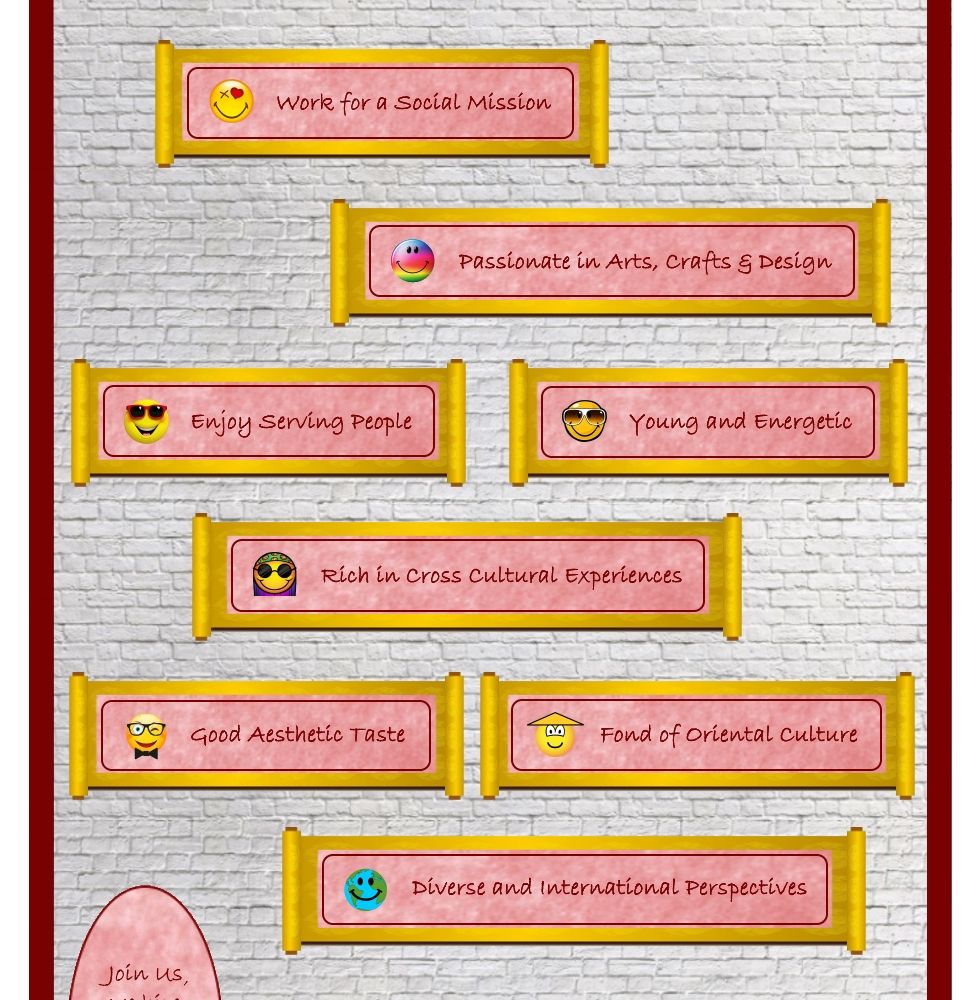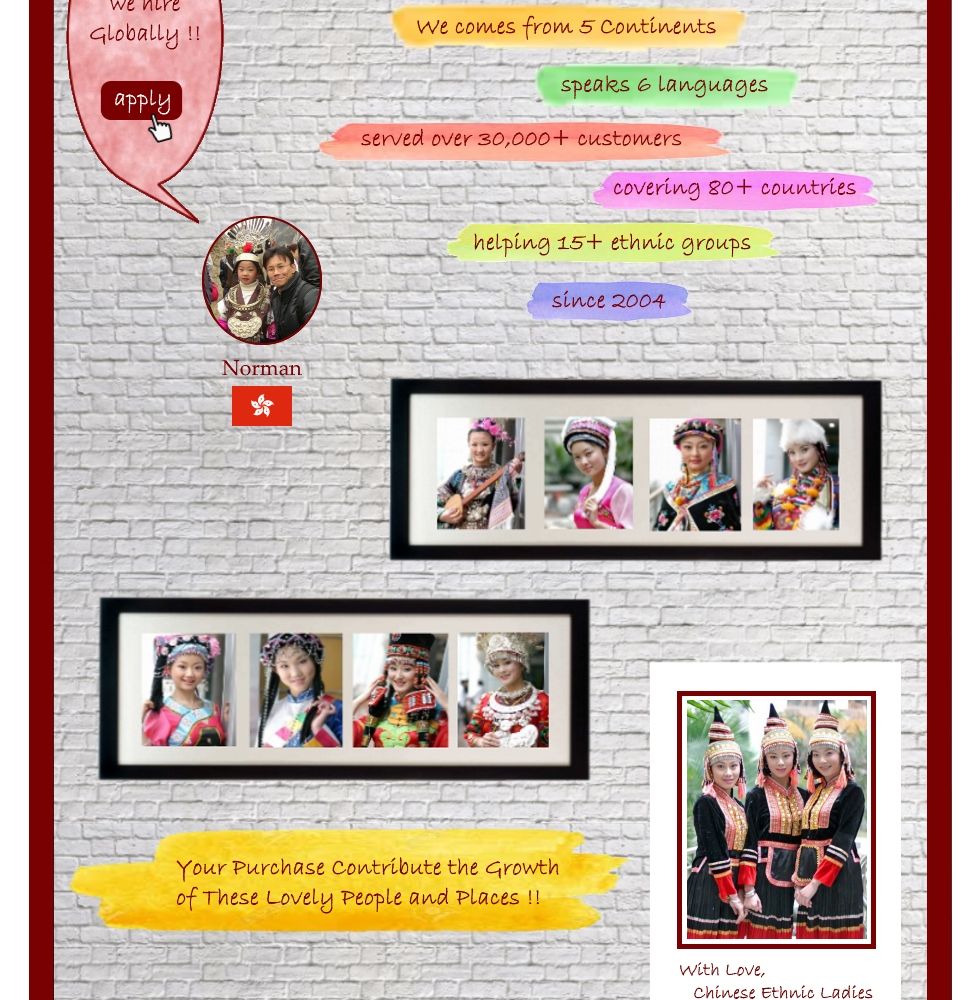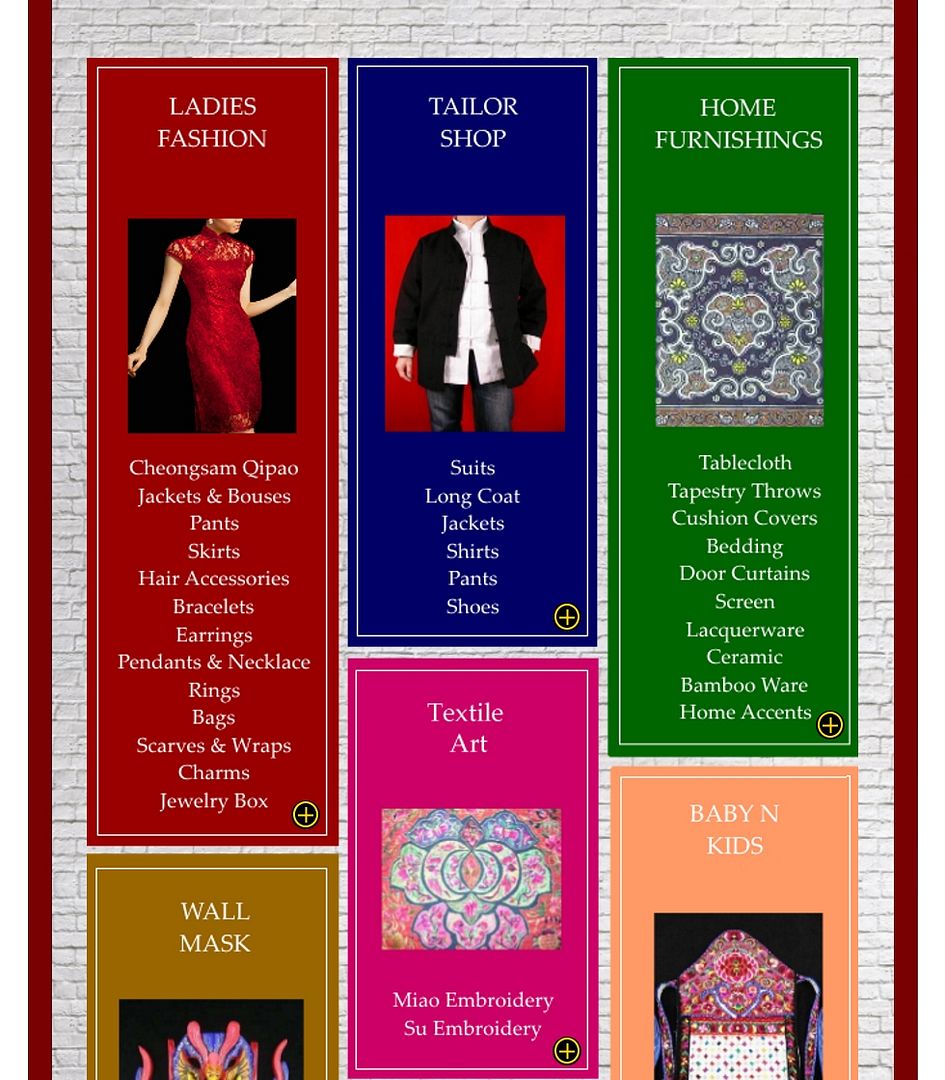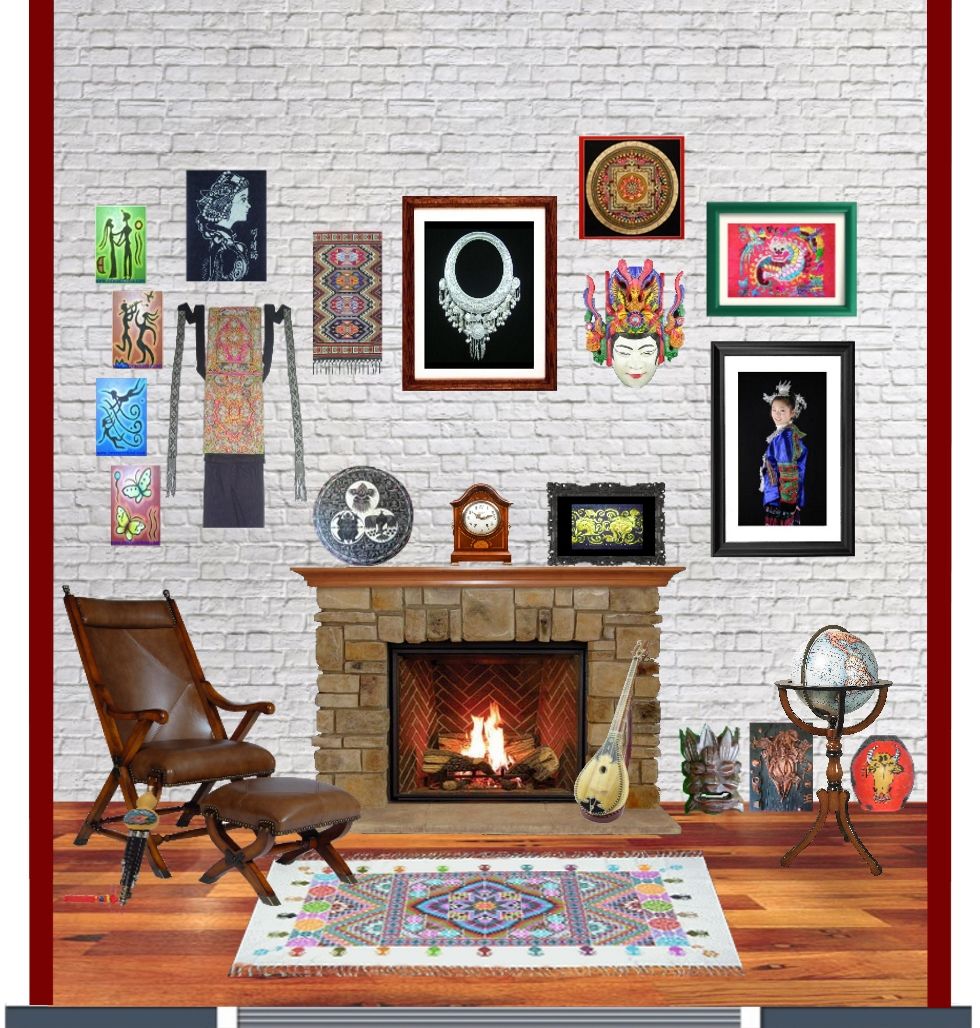Twelve Beauties(1)
9th Jun 2017
When Yongzheng was still a prince, he commissioned this beautiful set of paintings for the purpose of decorating a screen in the Deep Willows Reading Hall, a study within his private quarters at the Summer Palace. An imperial garden to the northwest of Beijing, the Summer Palace was presented to the young prince in 1709 by his father the Kangxi emperor (r. 1662-1722).
Painted in realistic style with neat outlines and generous color, the set follows the custom of depicting ladies of the court as women of elegance and natural grace. The artist portrayed these imagined beauties at leisure activities such as sampling tea, watching butterflies, and reading, as well as showing them in quiet reflection. He also showcased the most popular costumes and hairstyles of the Qing court women. For research on costume and accessories of Qing dynasty court women, these paintings are visual and historical documents of unparalleled authenticity. They reveal perceptions about the women of the court during the reigns of Kangxi and Yongzheng, whilst also documenting their refined demeanor and fine costumes.
 |
The lady in this picture is depicted admiring the flowers in the courtyard while holding a Ruyi scepter. The auspicious Ruyi (“as you wish”) scepter was a popular gift in the Qing dynasty. In the garden, the purple, pink, white, and red peonies are most prominent. For its opulence, grace, and fragrance, the peony is called the Prince of Flowers and is a symbol of an auspicious, thriving and prosperous future, while the Ruyi scepter carved from bamboo in the form of Lingzhi mushroom signifies wish fulfillment. Together they combine to express “Wished for Prosperity and Position.”
 |
Holding a book with a page half revealed, the woman in this painting seems to be reciting to herself. On the wall behind her is a small colored landscape painting. The decorative leaf below the painting is inscribed in cursive script with a poem by the distinguished Northern Song calligrapher, poet, and connoisseur Mi Fu (1051-1107).
 |
This courtyard is full of flowers, grasses, bamboo, decorative rocks, and an array of miniature landscapes in containers (pen jing) that include orchids and Chinese rose. The lady leaning on the gate wistfully gazes, perhaps with romantic yearnings, at the spring colors filling the garden.
 |
The lady stands leaning on a table. Beyond the railing, bright butterflies hover by decorative garden rocks and day lilies. Although the painting describes a woman doing little more than indulging in summer leisure, because of the allegorical nature of the day lily and its implication of giving birth to a son, this scene can be understood as having the auspicious message that the woman depicted is pregnant with a boy. She holds a small calabash. Since the calabash gourd belongs to a group of plants that communicates flourishing growth, it is often used to suggest the idea of many sons. With the day lilies in bloom beside the railing and the calabash in her hand, the painting is not only visually attractive, but also manages to have deeper meanings.
 |
By candlelight, this lady is occupied with her needlework. Typically needlework encompassed weaving, embroidering, and sewing. In the past, needlework was one of the most important standards to judge the character of a woman. Any woman who was good at needlework would be highly regarded. The lady in this picture picks the needle elegantly and seems lost in thought as she works. The red bat flying through the bamboo in the background is a symbol of good luck.
 |
With a large gauze fan in her hand, this lady is sampling tea beneath the branches of a parasol tree (wu tong shu). Originally drinking tea was a simple daily ritual. It became associated with the intellectual world when gentlemen combined sipping tea with the discussion of world affairs and ideas, thereby elevating its status. Inside the moon gate, the black-lacquer bookshelf with gold décor is filled with books. The fascicles not only add an atmosphere of Confucian learning, they also combine with the elegant porcelain cup in the woman’s hand to indicate that she is culturally accomplished.
by Xiao Xiao xiaoxiao@interactchina.com
About Interact China
-----------------------------------------------------------------------------------------------------------------------------
"A Social Enterprise in E-commerce Promoting Oriental Aesthetic Worldwide"
Aileen & Norman co-founded Interact China in 2004 with specialization in fine Oriental Aesthetic products handmade by ethnic minorities & Han Chinese. Having direct partnerships with artisans, designers, craft masters and tailors, along with 10 years solid experience in e-commerce via InteractChina.com, we position well to bridge talented artisans in the East with the rest of the world, and bring you direct finely selected products that are of good quality and aesthetic taste.
So far we carry 2000+ goods covering Ladies Fashion, Tailor Shop, Home Furnishings, Babies & Kids, Painting Arts, Textile Arts, Carving Arts, Tribal Jewelry Art, Wall Masks and Musical Instruments. Our team speak English, French, German, Spanish and Italian, and serve customers worldwide with passion and hearts.
-----------------------------------------------------------------------------------------------------------------------------
P.S. We Need People with Similar Passion to Join Our Blogging Team!
If you have passion to write about Oriental Aesthetic in Fashion, Home Decor, Art & Crafts, Culture, Music, Books, and Charity, please contact us at bloggers@interactchina.com, we would love to hear from you!











